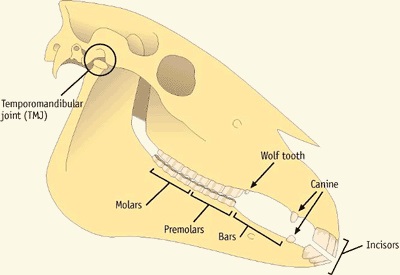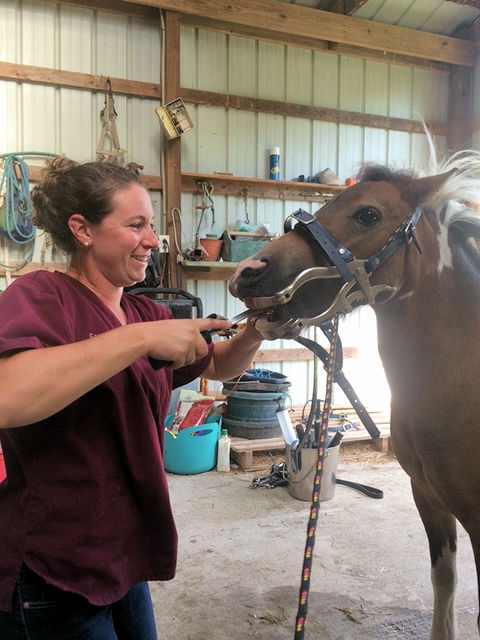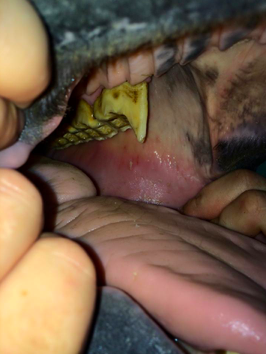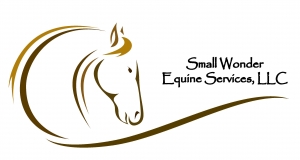Equine Services
What is floating?
Floating is filing or grinding the teeth to remove sharp points and malocclusions that form in the horse’s mouth.
Signs your horse may need his/her teeth floated:
- Dropping grain from the mouth while eating
- Heavy salivating or drooling while eating
- Weight Loss
- Undigested grain/hay in horses manure Quidding
- Resistance to accepting the bit or head tossing
- Choke
- Foul odor coming from mouth and nasal discharge
- Swelling in face, jaw or mouth tissue
- Quidding

Benefits of Routine Dental Care
- Horses will be more comfortable and be able to utilize food more efficiently.
- Horses may also perform better and accept the bit while being worked

Dental Procedures:

Basic Float:
Utilizing hand or power floats to file off the sharp edges, hooks, ramps and other mal-occlusions of molars and premolars on the upper and lower jaws.
Checking to make sure incisors are at the correct angle (If incisors are at the incor-rect angle it shifts the lower jaw (mandible) putting abnormal pressure on the TMJ, which can cause discomfort to the horse).
Bit seats are also performed, especially if the horse is ridden consistently with a bit. A bit seat allows the horse to be more com-fortable as the bit will not be jarring against the upper and lower premolars.
Caps (Deciduous teeth):
Caps (baby teeth) are often pulled to prevent gaps between adult teeth. If caps are not removed, they may become “retained” and cause impaction or infection in the tooth.
Wolf Teeth:
Wolf teeth should be removed prior to introducing the bit. These teeth begin to erupt between 6-9 months and are located in front of the premolars (where the bit sits). Wolf teeth vary in size and are usually found in the upper jaw, but sometime can be found in the upper and lower jaws.
Routine Dental Care is crucial for the health of every horse. Horses should be examined every 6-12 months depending on age and dental needs. Younger horses lose caps and have softer teeth which wear into sharp points quickly. Horses continually chew in a way that creates sharp points. Older horses are more prone to loose and infected teeth.
Recommended Dental Schedule:
- Horses 6 months to 10 years should be examined every 6 months. Younger horses shed caps (deciduous teeth), their teeth grow 10-12mm a year and they will need wolf teeth removed prior to training.
- Horses 10 -20 years of age may be examined yearly (once per year). As horses get older the tooth growth rate slows down.
- Horses 20+ years should be examined every 6 months as teeth begin to cup out (wear away) and teeth may become loose and need to be extracted to keep the horse comfortable.
- If a horse has malocclusions (waves, slants, steps or missing teeth) an examination should be performed between 4 and 8 months.


